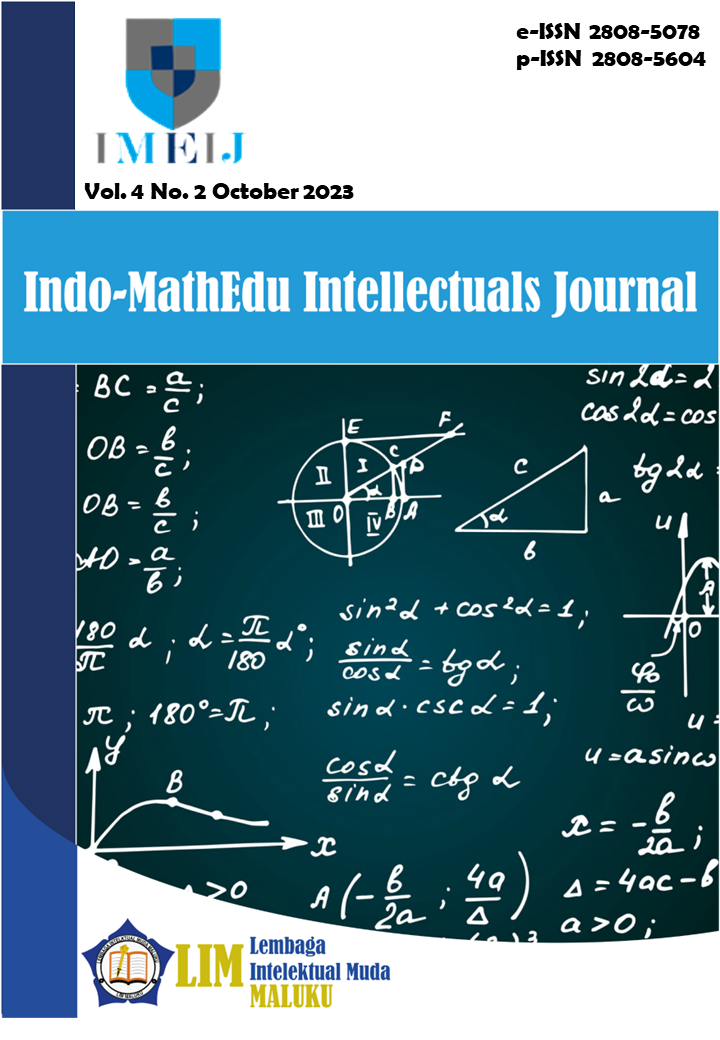Illocutionary Acts in “Di Timur Matahari Movie”
Main Article Content
Abstract
The phenomenon that happens in communication, especially in terms of speech acts often becomes an issue in society. The function of a language or utterance that does not only contain literal meaning but has a certain intended meaning often causes misunderstanding in communication. Since the development of technology, speech acts also can be found in a movie. Since, in the movie, the producer sometimes raises a story of a certain social life, Di Timur Matahari's movie was chosen to be the object of the study. This movie raised the culture of north Indonesia (Papua). A descriptive qualitative method was applied in this study. From collected data, some types of illocutionary acts were found. Those were expressive, assertive, and directive. The most dominant type of illocutionary acts found in the utterance was directives. The result of this study is essential because it shows what type of illocutionary act that was mostly used in the movie.

